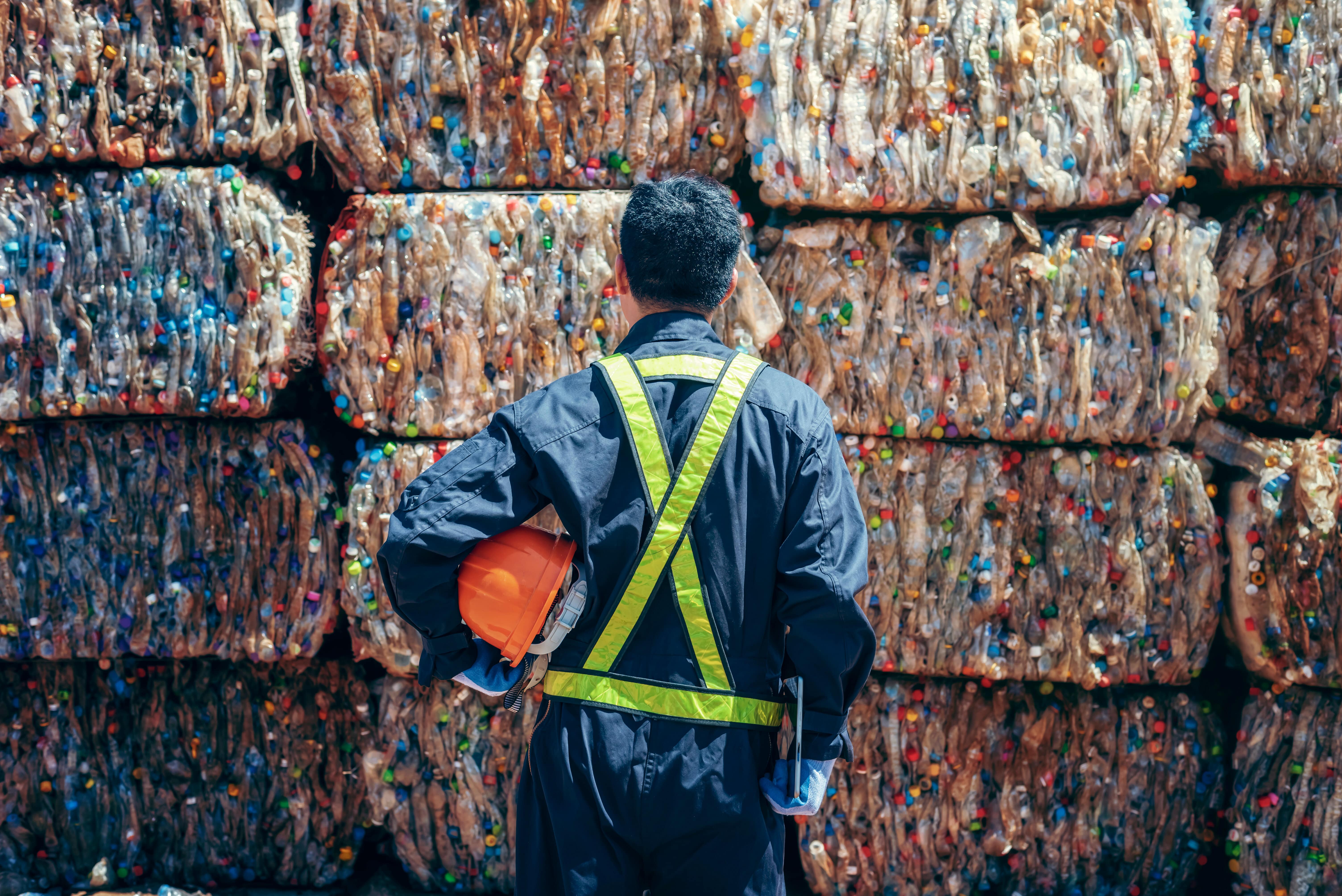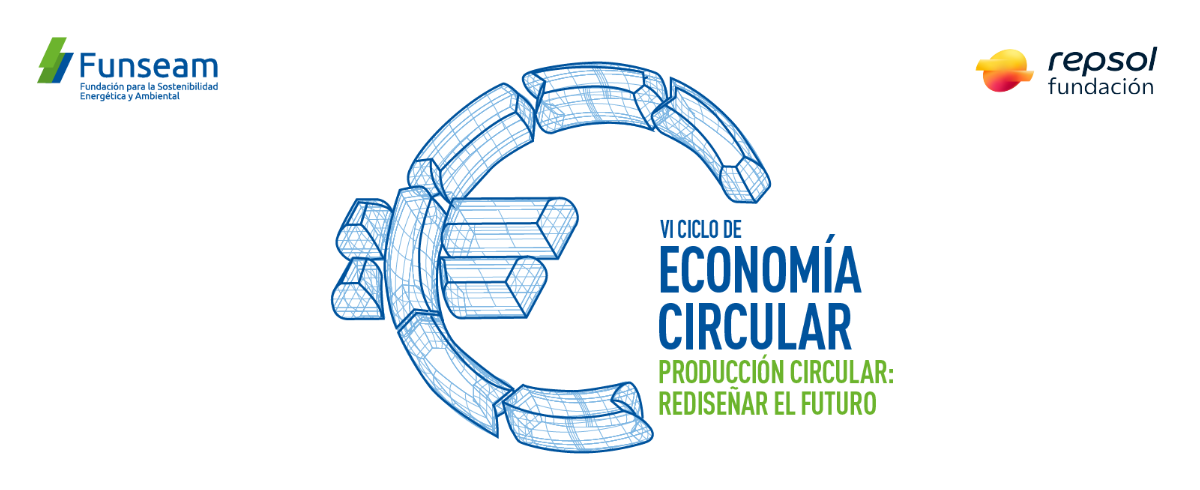Establishing an energy system based on using renewable sources also implies guaranteeing the supply of natural resources such as rare earth or nickel, which are necessary to manufacture batteries, solar panels, or wind turbines.
In order to fight climate change and effectively reduce greenhouse gas emissions, one of the most crucial steps we need to take is to increase large-scale production of renewable energies, and focus on sustainable mobility solutions. However, in order to move efficiently towards a sustainable energy transition and ensure the planet’s future, it is essential to understand the role that critical minerals play in this process.
In recent years, the supply of these natural resources has become one of the most difficult obstacles to achieving short- and long-term sustainability goals. That is why it is essential to find practical solutions to this problem now and to continue advancing towards a cleaner energy future.
What are critical minerals?
They are chemical elements that appear in nature, and are currently in high demand, but are in short supply. This may be because their geological volume is very limited, as they are finite natural resources, or due to external issues related to geopolitical differences between countries, commercial blockades, etc.
Some of the minerals that fit this description are aluminum, chromium, cobalt, copper, graphite, indium, iron, lead, lithium, nickel, zinc, and rare earth; the most coveted and most critical elements today.
Each country establishes its own lists of what it considers to be critical materials, those which are vital for its development, for example, in 2020, the European Union published a list of critical raw materials, including cobalt, indium, magnesium, tungsten, lithium, and strontium, among many others.
What are they used for?
The importance of these minerals lies in their chemical, magnetic, and optical properties, which are used in the manufacture of all types of technological devices (cell phones, computers, speakers, tablets, etc.), and which help to achieve a higher level of efficiency, performance, speed, durability, and thermal stability in new designs.
These highly valued qualities, today, are also directly related to the energy transition, as well as to the devices and technological resources necessary to guarantee their correct functioning and expansion. For example, they are a fundamental material when it comes to building the solar panels required for solar energy or the blades used by wind turbines. Not to mention their importance in producing batteries for electric vehicles, which makes it possible to store the energy needed for the motors.
Each type of renewable energy uses different critical minerals in varying quantities, depending on the properties needed. Aluminum and copper are most common in solar energy; iron and zinc in wind energy; nickel and chromium in geothermal energy; and graphite, nickel, and cobalt in producing electric batteries. That is why, if we want to continue to increase our production of solar energy, wind energy or the volume of our electric car fleet for a complete energy transition, we would first need a large quantity and variety of these raw materials.
Where can they be found?
There are critical mineral deposits all over the world, and among the most important at present are copper deposits in Chile and Peru; lithium deposits in Australia and Chile; nickel deposits in Indonesia and the Philippines; cobalt deposits in the Republic of Congo; and rare earth in China.
Although the natural origin of these raw materials varies geographically, the same cannot be said of their processing. China, in addition to having the world's largest active rare earth deposits, which account for more than 80% of global production, is also the main country responsible for processing critical materials. This makes it the center of almost all international trade, controlling supply flows, often leading to bottlenecks.
The markets for critical minerals are much smaller, geographically more concentrated, and generally less competitive than for hydrocarbons.
Production of rare earths and critical minerals in Europe, on the other hand, is very limited. There are certain countries that carry out mining activity, such as Germany, which extracts 8% of global gallium; Finland with 10% of germanium; France with 59% of hafnium; and Spain with 31% of strontium. However, these figures are nothing in comparison with those of China, and they also fall short of the demand that currently exists among EU countries. In order to avoid great commercial dependence, plans have been implemented in the EU to try to develop a viable and sustainable European extractive industry.
In the specific case of Spain, our country has a highly mineral-rich subsoil, and studies have been carried out revealing the existence of lithium deposits in Cáceres or rare earth in Ciudad Real, which could be a great opportunity. However, at present, the necessary licenses are not given for new mining projects, especially considering society’s rejection of the opening of new mines. That is why, currently, there are initiatives that are trying to change the panorama and turn our country into a key region for the development of critical minerals in the European Union.
Increased demand
As these minerals are essential components for the manufacture and development of the new technologies needed to decarbonize the economy, their demand has only grown in recent years and is expected to continue to increase. That is why, if we want to become a low-carbon society, there is no other solution than to transform ourselves into a society with a high level of critical minerals to boost the development of renewable energies.
The scenarios being considered are an increase of over 40% for copper and rare earth, 60% to 70% for nickel and cobalt, and estimates of almost 90% for lithium. Overall, demand for critical minerals by 2040 could be four to six times today's demand.
Data extracted from International Energy Agency.
Problems with rare minerals supply
The main difficulty when talking about this type of raw material is their limited supply, as they are a natural resource. Mines are depleted as demand grows and, for example, so far in the 21st century, we have extracted as much copper as we did in the whole of the previous century.
It must also be taken into account that these minerals are not found in high concentrations and are very difficult to separate, as they are all mixed together with other elements. The process of obtaining and processing them is highly complex and costly. Powerful methods such as solvents, magnetic separation techniques, or high-temperature processes are often used, all of which generate emissions. The advantage is that the emissions cycle of critical minerals, from extraction to use, is half that of fossil fuels and therefore is still a more sustainable option.
The natural limits for their extraction also influence how difficult it is to source the materials, and even more so given the particularities we mentioned before regarding China's role as a key market player in processing them. Additionally, the high demand and lack of supplies fully affect their marketing prices, making them more expensive, and directly affecting the new renewable projects’ profitability.
Climate-smart mining
In order to effectively correct all these environmental problems stemming from current mining operations, other sustainable mining methods have emerged that seek to completely renovate their entire structure. These three new ways of understanding mining result in what is known as climate-smart mining, which basically consists of carrying out this type of extractive activity with the least possible impact.
Circular economy and recycling
To make the most of scarce critical minerals, improving recycling processes is crucial. Data shows that, for example, only 1% of rare earth is currently recycled. Due to, in particular, drawbacks such as the fact that they are found in devices along with many different types of minerals. Recycling a plastic bottle that contains only one element is not the same as recycling a battery that may contain many different minerals. That is why, instead of talking about a circular economy, many experts indicate that in the case of critical minerals it would be better to adopt a spiral economy, as the cycles are not fully closed.
To begin reversing this situation, it is essential to bet on innovation and the development of research projects focused on carrying out much more efficient recycling processes. It would also be important to work on the concept of eco-design, which involves creating more recyclable new devices and technologies, as well as diversifying the materials needed to build them, opting for more abundant and sustainable mineral alternatives.
CIRCE (Center for Research on Energy Resources and Consumption), is working along these lines, studying the use of more common, less costly minerals. For example, some of its most recent research is focused on reducing the amount of cobalt in devices from 30% to 10%, or using LFP chemical compounds made up of lithium, phosphorus, and iron, to reduce dependence on nickel, cobalt, and manganese. Other important alternatives are based on sodium ion, which works in a very similar way to lithium and could be the key to discontinuing using graphite, as well as the use of graphene for electric vehicle batteries.
It is also worth mentioning the importance not only of recycling but also of considerably reducing the consumption of these materials and the technological devices they are used for. It is necessary to establish an economy that always prioritizes the reuse and shared use of resources, so the demand for these raw materials does not end up getting out of control and becoming unsustainable.
However, despite all these issues, what is clear is that a 100%-effective energy transition will never be possible without a complete and effective renovation of the critical mineral supply system, in terms of extraction, processing, design, and subsequent marketing.
This is still an open conversation between countries and subject to relevant changes, so take a look at the specialized webinar which will be held in October. It will address the issue from the perspective of the circular economy and could be a good opportunity to stay up-to-date with everything that is happening and learn in-depth about the next steps to take. Our environmental and energy future depends on it and on guaranteeing the supply of these highly coveted and invaluable minerals.


.jpeg)

